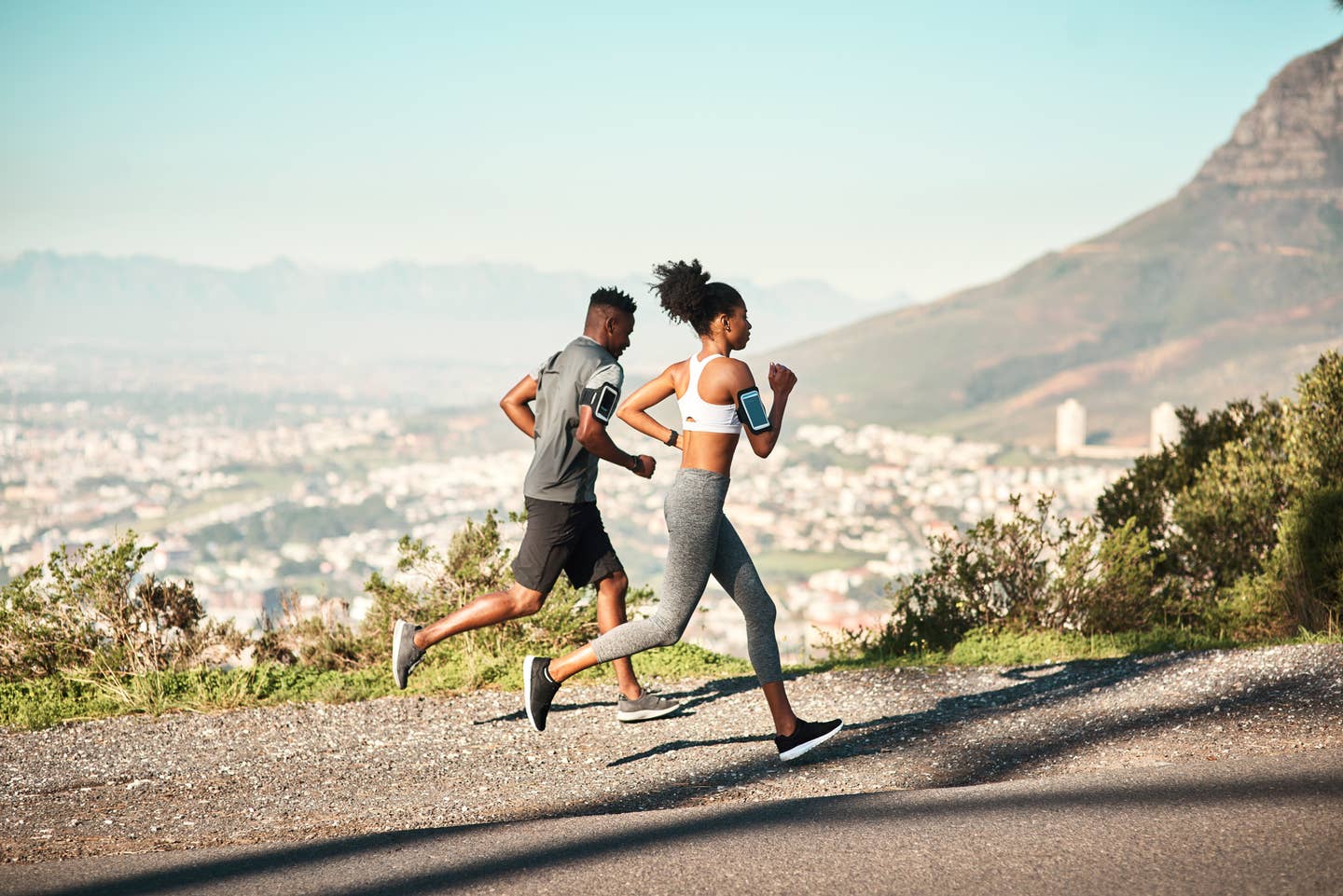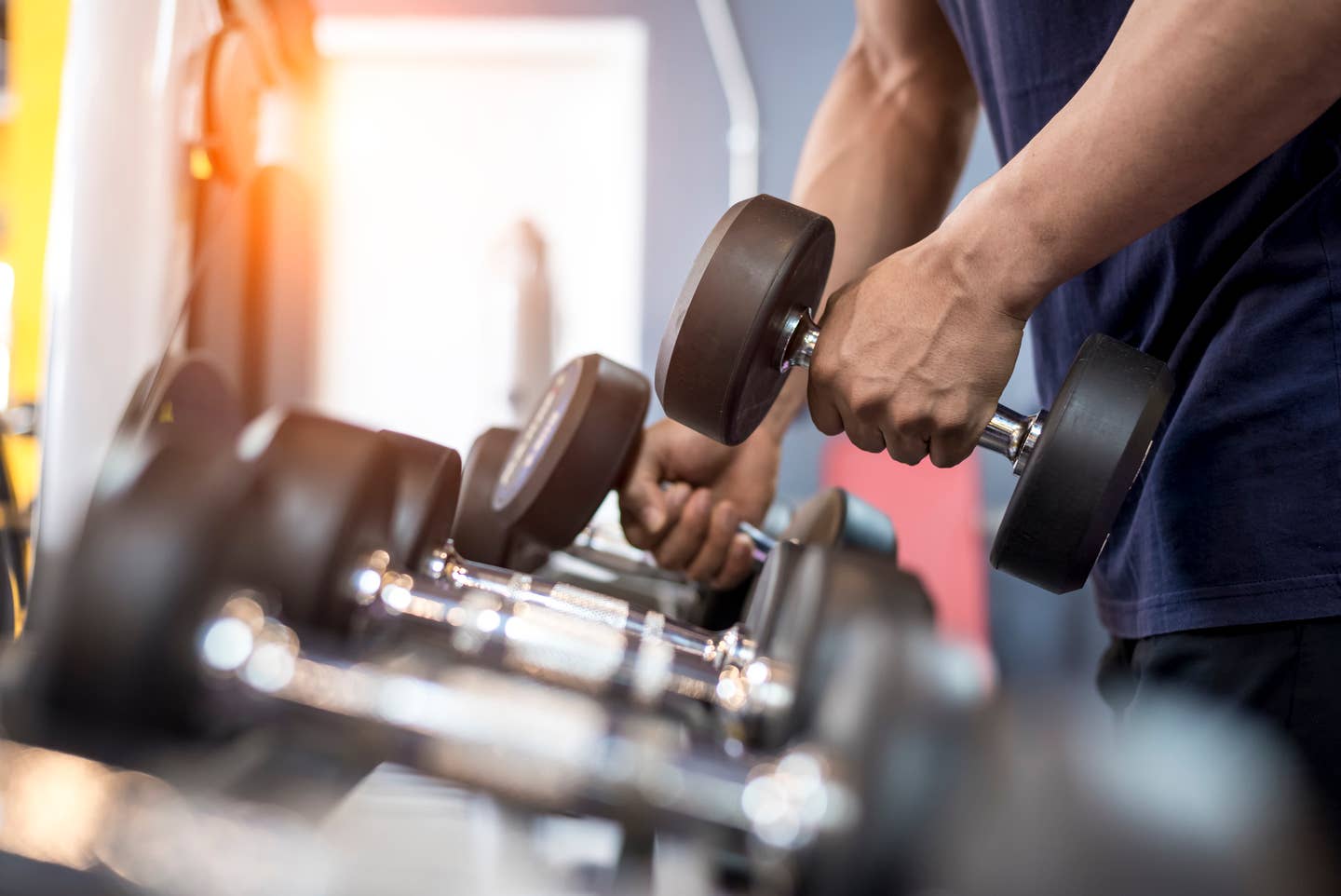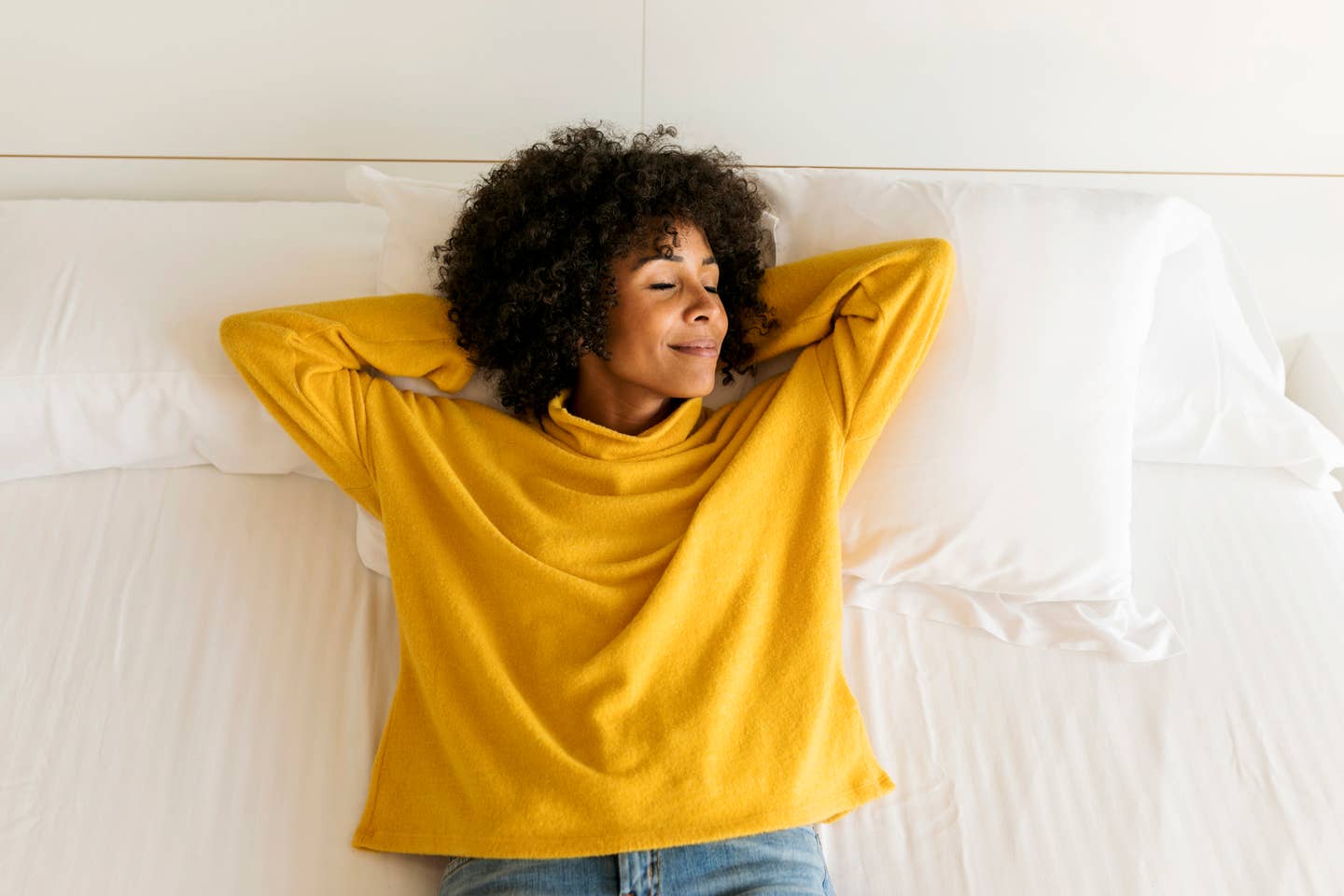
Four Cardio Workouts that Promote Longevity, According to a Cardiologist
News flash: All these endless summer days of avoiding the news, or binging on the news, taking a long walk to cope with the news, followed by a Netflix marathon, are not exactly a boon for your ticker. The good news? Just because gyms and your beloved fitness studio are closed doesn’t mean you can’t take care of your heart. While research shows eating plant-based lowers your risk of heart disease (as well as cancer, type 2 diabetes, depression, Alzheimer’s, and death from any cause), diet alone isn’t enough to keep your heart in tip-top condition. Regular cardiovascular exercise is key—the American Heart Association recommends 150 minutes per week of moderate-intensity aerobic activity or 75 minutes per week of vigorous aerobic activity, or a combination of both, preferably spread throughout the week for adults. And while that long walk is great, you need to get your heart rate up to help strengthen your heart, which is your most important muscle.
If you’re curious about the best way to fit those in amidst quarantine life, there’s no shortage of creative and effective ideas. Tiffany Sizemore, DO, FACC, FACOI, a quadruple-board certified cardiologist specializing in preventive heart health revealed her favorite forms of cardio workouts for long, healthy life.
1. High-intensity Interval Training
High-intensity interval training, also known as HIIT combines short bursts of rigorous exercise designed to get your heart rate high followed by rest periods or much lighter activity like marching in place or walking down a flight of stairs after sprinting up them. “HIIT training has been shown to improve cardiovascular health by improving the amount of oxygen that the body can use (VO2 max),” explains Sizemore.
“VO2 max is one of the best predictors for overall health. If done properly, HIIT training will have the same positive effect on cardiovascular health as less intense and longer aerobic exercises.” YouTube has no shortage of HIIT videos, like these we love from FitnessBlender and countless gyms and fitness studios offer HIIT classes online.
2. Yoga Online
“To completely change gears, yoga is another form of exercise that I strongly recommend to my patients. Not only does yoga improve flexibility, but more importantly it has a positive effect on the mind and emotional health,” offers Sizemore. “The mind is a very powerful tool. If stressed, our body reacts physiologically with a higher heart rate and higher blood pressure. Yoga can help control the mind which in turn helps to control our bodies as well.” Try YoYoga! or Bulldog Online for great virtual online classes if you want something a little more formal than streaming sessions on YouTube.
(If you prefer to go the YouTube route, check out Yoga with Kassandra or Yoga with Adriene.
3. Distance Swimming
Channel the tiny tuna within and hit the lake or ocean—if it’s safe to do so and you can maintain social distance—for some laps (or, if you’re really lucky, the pool in your own backyard). “I tend to recommend more lower-impact aerobic exercises like swimming or rollerblading. These exercises raise your heart rate into that ‘fat-burning, good for your heart’ range while placing less pressure on your joints (knees and hips in particular),” says Sizemore.
“Swimming actually engages [almost] every major muscle in your body and 20 minutes of swimming burns as many calories as 20 minutes of running—without the stress on your joints.” Even better? Given these scorching hot temperatures, you’ll love the refreshing feeling when you first jump into the water. Try open water swimming, but get a brightly colored swim buoy for safety and latch it around your waist, since being visible in the water is key if you're on a lake or bay. Best yet: These are also dry bags to carry your phone or car keys!
4. Rollerblading. Yes, It's Back!
Dust off those elbow, knee, and wrist guards and grab your helmet. “Rollerblading is a great way to get your heart rate into the ‘fat-burning, good for your heart’ range as well,” explains Sizemore. “Rollerblading also engages the core and lower back, which helps to improve posture, while improving balance and coordination.” Just wear wrist guards and knee pads since of course there is a learning curve. We also recommend a helmet, for any outdoor moving sport (cycling, skateboarding, scootering), since the only thing as important as your heart health is your brain. Ear pods are also highly not recommended when skating or blading since you need to be able to hear cars and bikes as you glide along. Enjoy!
Bonus: This sport is fun as heck, calorie-torching, and it’s well suited to maintaining social distancing since you can find a quiet area or park to log your blading session.
More From The Beet






